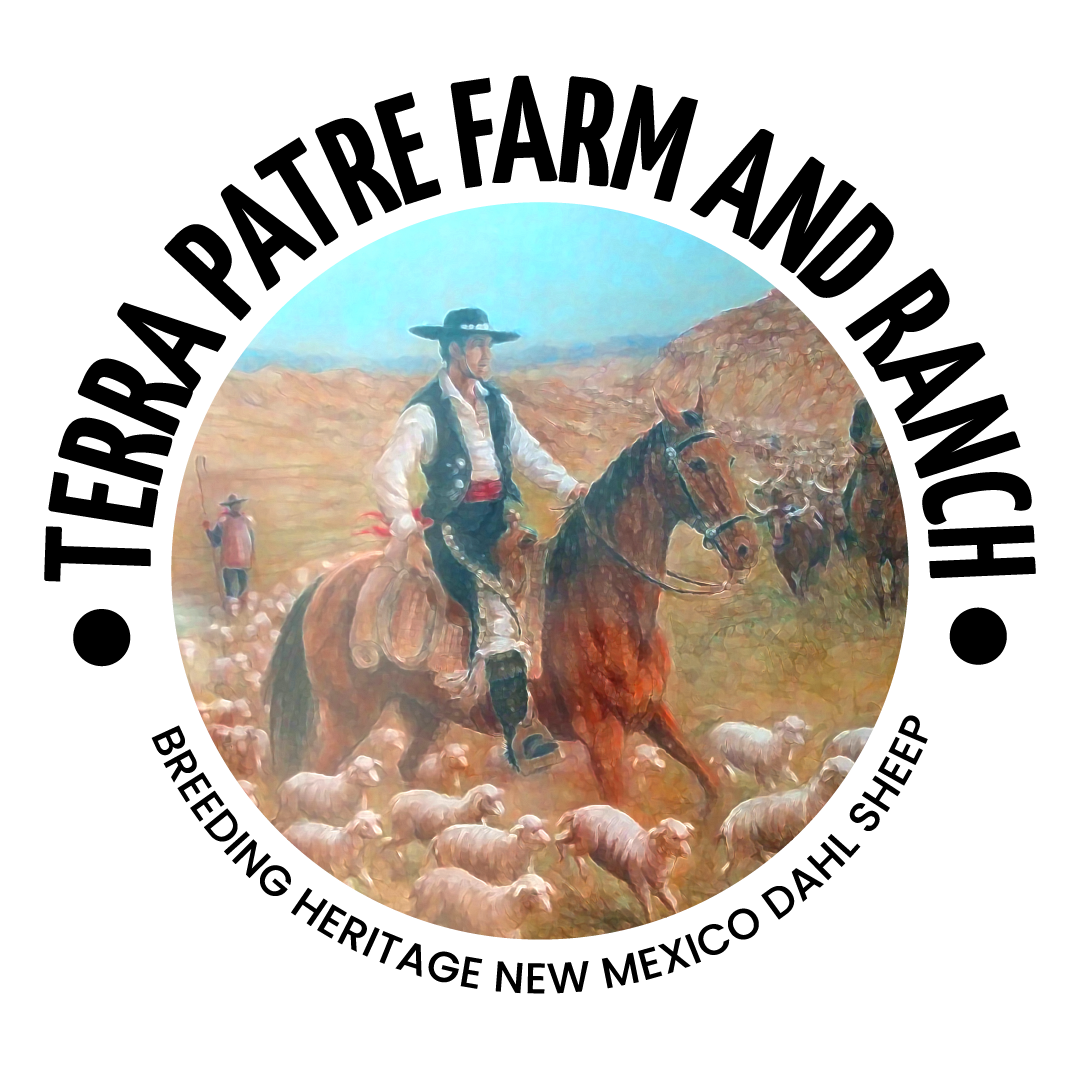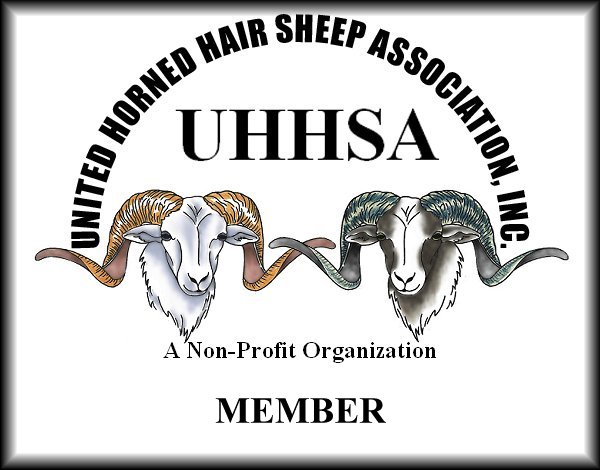
TRADITIONAL MEXICAN FOOD
The History of Mexican Food is derived from the original New Mexican cowboy (vaquero) cuisine.
It’s an interesting irony of New Mexico culture that modern day icons such as Indian jewelry and Mexican food have exchanged their prefixes. That is to say that historically, Mexican food originated from Native American Indian food, and Indian jewelry originated from Spanish and Mexican silversmithing technology brought from Europe.
The Hispanic people took local semiprecious stones such as turquoise and taught silversmith jewelry skills to New Mexican Indians. Over the past four hundred years different tribes have developed their own styles of Indian jewelry. Similarly, the Indians introduced the Spanish to native foods such as chile, corn (maize), beans, squash, melons, potatoes, tomatoes, tobacco, chocolate, peanuts, vanilla, avocados, coconuts, and pumpkins, as well as the many recipes we are familiar with, like tortillas, tacos (flautas), enchiladas, and tamales, to name a few. To these foods, the Spanish added oats, wheat, yeast, garlic, fruit trees, vinegar, wine, cheese, and milk. Spanish livestock provided horses for managing ranches along with other livestock, which produced pork, lamb, beef, and eggs.
The blending of the two cultures and cuisines all began in 1519 in the shadow of snowcapped stratovolcano, Popocatepetl in the town of Cholula, when Hernando Cortez arrived with an army of Tlaxcalans to recruit more soldiers. The Cholulans, rivals of the Tlaxcalans, secretly conspired with Montezuma of the Aztecs to kill the Spaniards and Tlaxcalans. Cortez’ girlfriend, Malintzin learned of the planned ambush and informed Cortez. Cortez and the Tlaxcalans responded with a preemptive attack. After many bloody battles the 1521 conquest over the Cholulans and Aztecs resulting in the replacement of most of the temples with Catholic churches, and an infusion of ranching technology, language, religion, and of course the food stuffs of the Spanish conquerors. Almost eight decades later, in April of 1598 this blend of cultures was brought to the cradle of the American West into the kingdom of New Mexico by Don Juan de Oñate, over five hundred colonists, and seven thousand head of European livestock, see America’s First Cowboy at COWBOYS
Aside from the arrival of Cortez in Mexico, this is the most significant historical event resulting in the beginning of what we have come to know as American “Mexican” food. What has evolved, as Mexican cuisine in the USA is very different from what has evolved as Mexican food in Mexico.
Unless otherwise noted, hereinafter references to Traditional Mexican dishes will mean those, which evolved on what was to become modern day USA from the Oñate colony. Early seventeenth century Mexican food, the food of the early vaqueros began as much less embellished and basic versions of the recipes we are familiar with now. For example vaqueros did not have modern methods of food preservation available. Consequently, when he was out on the range herding sheep or cattle, the food he could take with him was severely limited to the most practical forms which his saddlebags could accommodate. Even saddlebags took some time to evolve on the primitive saddle of the seventeenth century. Almost certainly the most common menu of the vaquero included his canteen, red chile, dried tortillas, and charqui, which was eventually corrupted into today’s word jerky. With those ingredients the vaquero making camp would be able to make primitive enchiladas or tacos. Enchilada means simply “enchilied” or in chile. If he were traveling with a carreta or families with wagons he would have beans and corn available to add to his Posole, enchiladas or tacos. One of those earliest portable and practical foods brought from Europe which most likely eventually dropped off the vaquero menu were cakes made of oats or other European grains in favor of other tastier local choices. Because it was practical and nutritious these grain cakes in pre-Columbian Europe were common especially for the vaquero traveling light, in the absence of bulky cook ware, fire, and water necessary for making fresh porridge. The cakes were made by cooking the grain then allowing hardening into a portable desiccated form for later consumption. If these grain cakes tasted anything like modern day rice cakes, I can understand why they were replaced with the newfound ingredients for Mexican food.
Vaqueros didn’t always just take alternating bites of his desiccated jerky (originally called “charqui” in 15th century Spanish), tortilla, and chile pods and wash it down with his canteen. Given a cook pot; he could have made a stew (Caldo de Chile) with the chile and jerky and dipped the tortilla, much like we now do with chips and dip. The tortilla and jerky would now be “in chile,” and technically an enchilada a long journey from today’s moist chicken or beef stuffed tortillas smothered in red or green chile sauce and melted cheese, topped with a fried egg, and accompanied with sopaipillas; a New Mexican invention (tortilla shaped bread fried and leavened in lard).
Tacos originated with native Indian tribes as a yellow corn tortilla. With the arrival of the Spanish who brought wheat, tortillas were made of wheat four as well, thus producing a brown to white color depending on how thoroughly processed the flour. Once you add an ingredient to the tortilla, it becomes a taco. Flautas, named after their “flute-like” shape were popular prior to the 1970’s are now making a comeback in some Mexican restaurants. Flautas consisted of fried corn tortillas filled with chicken, mutton, beef, beans, cheese, or potatoes, served with lettuce, cream and salsa. Since the Spanish were good at keeping journals the first documented consumption of tacos was in Mexico when Hernán Cortez organized a banquet for his Captains in Coyoacan. Bernal Diaz del Castillo documented the taco banquet using imported Spanish pork. As with all other Mexican dishes, the contents of the taco ranging from fish to insects depends on the geographic location. Wrap the ingredients in a wheat tortilla; add cheese and sour cream and you now have a burrito. The Vaquero for practical purposes would have used his taco to wrap whatever wild game kill of the day, be it rabbit or venison. If he were traveling with carretas or wagons, he would have the added luxury of adding beans and chile to his taco and washing it down with blue corn Atole or a cup of coffee.
The delicious Tamal begins with corn husks or corn leaves, lined with corn dough (masa), filled with variations of beans, meat chile, potatoes, chorizo, etc, wrapped, and steamed or cooked on an open fire. Vaqueros know that Tamales travel well for day trips because the wrapped and tied cornhusks are tough and enduring. This food would have had to be prepared in advance of a vaquero’s day by the women in his family. If he was lucky he might find an empanada packed with his tamales for desert. Friar Bernardino de Shaagun documents the serving of Nixtamales by the Aztecs in the 1550s.
Nixtamal as a basic ingredient is similar to Hominy, dried large kernel corn, which has had the hull removed. It is the main ingredient in a Mexican soup called Posole. Posole is one of the most savory meals for which you can treat your palate. Consisting of Hominy, pork, chile, onion, oregano, thyme, corn oil, and the secret family extras that mom adds and you will be hooked for life.
Chile Con Carne literally translated means simply chile with meat. As with the other Mexican dishes there are many variations of this dish depending on family tradition and geographic locale. This was one of the most basic meals available to the Vaquero. If he had dishes available on a wagon he could serve it in a bowl and scoop it up with his tortillas. If not he had to improvise using his tortilla as his bowl and eating a bit more primitively.
According to an old Southwestern American Indian legend and tale it is said that a beautiful nun, Sister Mary of Agreda of Spain, put the first recipe for chile con carne on paper in the 17th century. Legend goes on to say that sister Mary wrote down the recipe for chile, which called for venison or antelope meat, onions, tomatoes, and chile peppers. She was mysteriously known to the Indians of the Southwest United States as “La Dama de Azul,” the lady in blue. Sister Mary would go into trances with her body lifeless for days. When she awoke from these trances, she said her spirit had been to a faraway land where she preached Christianity to savages and counseled them to seek out Spanish missionaries.
Most modern Mexican dishes are derived from the basic ingredients discussed in these first Traditional Mexican food meals of the first American cowboy, the vaquero. These Traditional Mexican recipes would remain staples of Spanish-American, Mexican-American families in the Southwest from the fifteen hundreds until Mexican food gained popularity in restaurants during the twentieth century. Who could have known that these men and women, camped out next to their herds of cattle or sheep, entertained by a guitar and sustained by these combinations of native and Spanish foods invented a cuisine that launched a multi-billion dollar industry of favorite American food?
For some EXCELLENT traditional Mexican food recipes, click HERE
Phone
(505) 550-7569
nmdahl2@gmail.com

